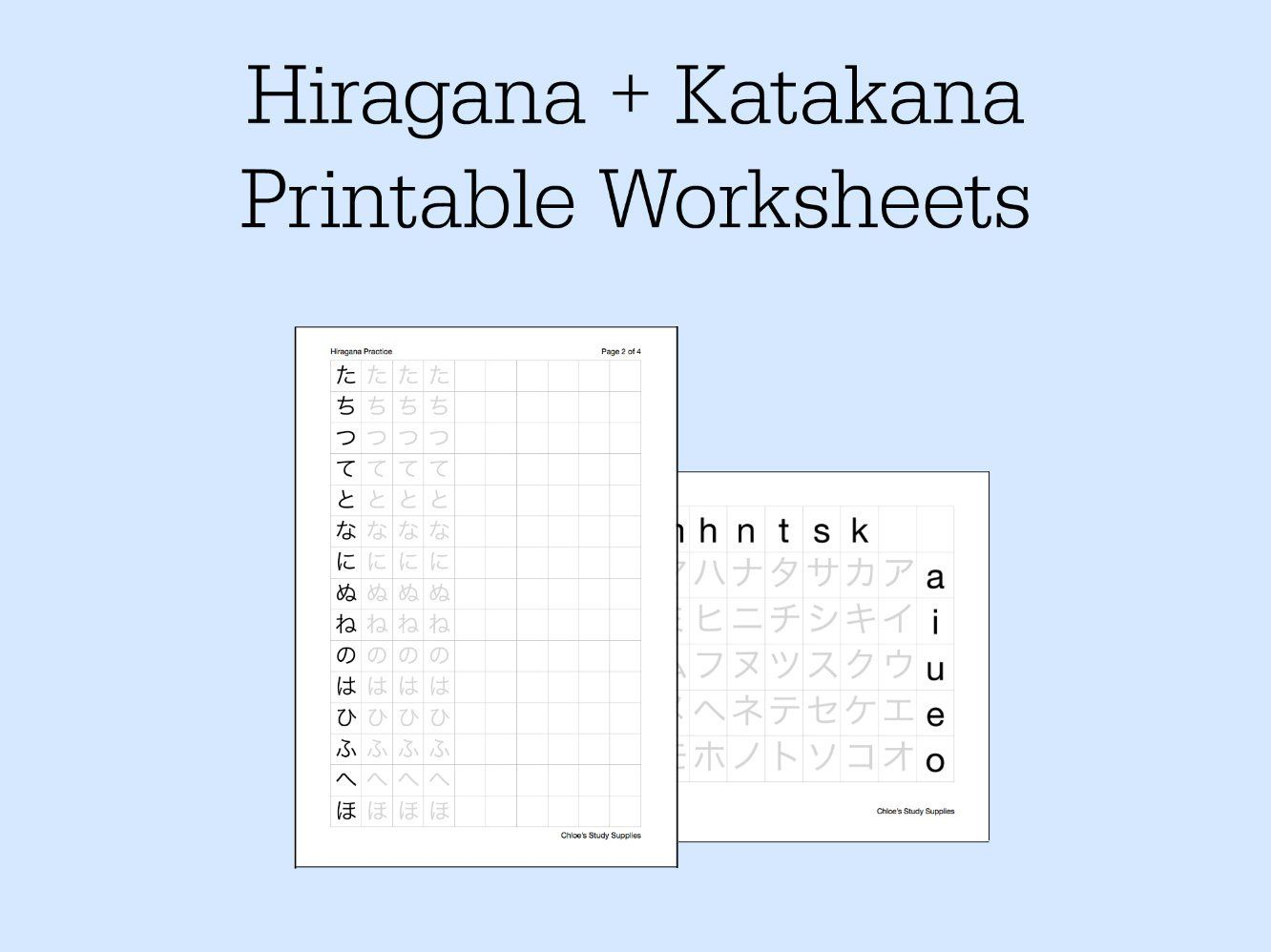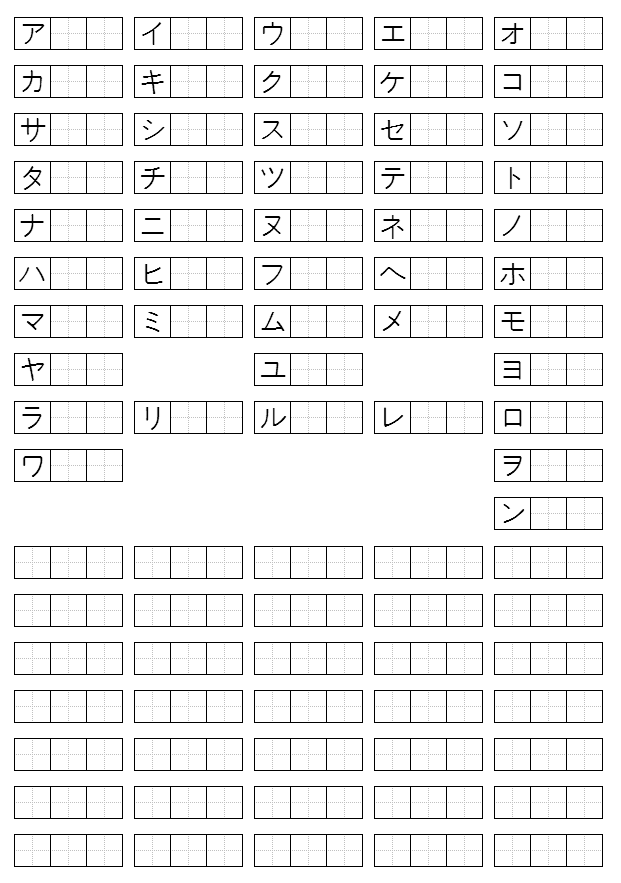


Interactive Hiragana Tables: Stroke orders, audio for each character, and written and audio example of hiragana words.If it's too much, you can start with hiragana first, which is used more frequently. You can learn hiragana and katakana at the same time. In Noriko's Japanese Lessons, you learn hiragana, katakana, and rōmaji. You can read all Japanese sentences on this site without having to learn the Japanese writing system, because all the Japanese sentences are transcribed in Rōmaji ! There is an official way to transcribe Japanese sounds into the Roman alphabet (English alphabet) which is called Rōmaji. Katakana is mainly used for words with foreign origins. That means, each sound can be written in 2 ways (hiragana and katakana). There are 46 letters of hiragana and 46 letters of katakana, both representing the same 46 sounds.

Therefore, learning hiragana and katakana means learning Japanese pronunciation as well. Hiragana and katakana writings are phonetic letters (indicating just the sounds). The number of commonly used kanji in Japan is about 2000 ! Japanese children learn about 1000 kanji in primary school and another 1000 kanji in junior high school. They are used for nouns, adjectives, verbs etc. Each kanji represents a meaning and has several different pronunciations.


 0 kommentar(er)
0 kommentar(er)
